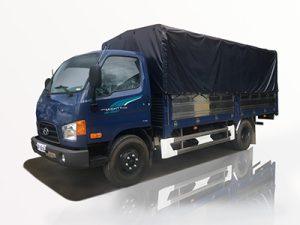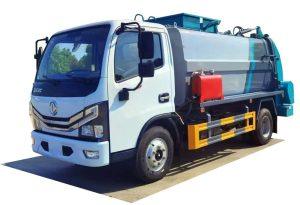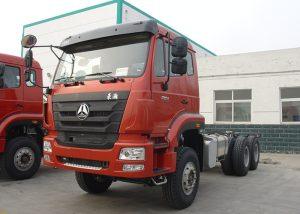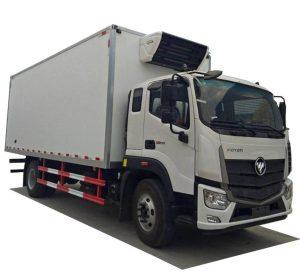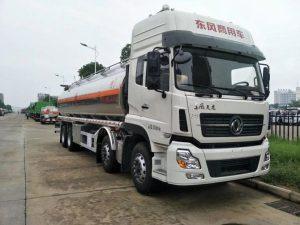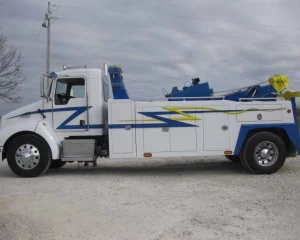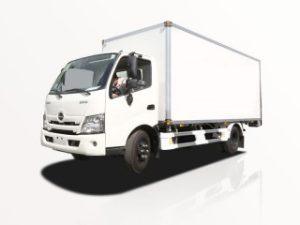Monday to Saturday - 8:00 -17:30
Understanding Fire Truck Height: Essential Insights for Firefighters and Communities
Fire trucks play a vital role in emergency response, and their height can significantly influence their effectiveness in various situations. Understanding fire truck height is crucial not only for firefighters but also for urban planners, building owners, and the general public. This article delves into the important aspects of fire truck height, including design specifications, operational considerations, and practical implications.
What is Fire Truck Height?
Fire truck height refers to the vertical measurement of fire apparatus from the ground to the highest point, which is typically the top of the vehicle’s cab or any equipment mounted on it, such as ladders or other firefighting gear. Fire truck heights can vary based on the type of engine or ladder truck.
Types of Fire Trucks
There are various types of fire trucks, each designed for specific purposes and operational needs. Understanding the differences in height among these vehicles is essential for effective planning and deployment.
1. Fire Engine
A standard fire engine is designed for carrying water and firefighting personnel. The average height of a fire engine ranges from 9 to 10 feet (about 2.7 to 3 meters).
2. Ladder Truck
Ladder trucks are equipped with a large extendable ladder system, which is fundamental for reaching high places. These trucks typically stand between 11 to 13 feet (approximately 3.4 to 4 meters) high.
3. Aerial Platform Truck
Aerial platform trucks, which come with bucket systems and extended reach capabilities, can reach heights of 12 to 14 feet (about 3.6 to 4.3 meters) when the apparatus is not deployed, and even higher with the ladder extended.
4. Rescue Truck
Rescue trucks are specially designed for emergency medical situations and extrication. The height of these vehicles is often similar to fire engines, generally around 9 to 10 feet (approximately 2.7 to 3 meters).
Why Fire Truck Height Matters
The height of fire trucks is crucial for several reasons:
Inaccessible Areas
Knowing the maximum height of fire trucks helps in assessing whether certain buildings or terrains are accessible in emergencies. High-rise buildings and structures are of particular concern, and understanding fire truck height allows for safe and efficient operations.
Urban Planning and Infrastructure
Cities must design infrastructures, such as overpasses and bridges, that accommodate the height of emergency vehicles. Failure to do so can prevent fire trucks from reaching emergency sites promptly.
Fire Department Regulations
Fire departments often have specific requirements for apparatus height to comply with local or national regulations. Understanding these regulations helps ensure that equipment meets operational standards.
How to Measure Fire Truck Height
Measuring fire truck height is essential for various applications, from urban planning to equipment procurement. Here’s how to accurately measure:
Tools Needed
- Measuring tape or laser measurement tool
- Notebook for recording measurements
- Helper for stability
Steps to Measure
- Ensure the fire truck is on level ground.
- Measure from the surface of the ground to the highest point of the vehicle.
- Record this measurement, noting the exact addition of any fixed or extendable equipment.
Fire Truck Height and Accessibility
In urban environments, fire truck height directly influences response times and emergency access. Considerations must be made for:
Building Codes
Modern building codes often reflect the need for addressing fire truck height. Structures should have adequate access routes, clearances, and height restrictions to accommodate these vehicles.
Parking and Driveway Regulations
Homeowners and businesses need to ensure that any driveways or parking structures are designed with sufficient clearance for fire trucks, generally around 14 feet or more, to ensure emergency access.
Fire Truck Height and Equipment
The height of fire trucks is affected by the type of equipment they carry. It’s important to consider the following aspects:
Vehicle Accessories
Fire trucks are often fitted with ladders, lights, and other equipment that add to their height. Understanding these additional heights helps in planning and purchasing fire vehicles.
Maintenance Implications
Higher vehicles may require specialized maintenance protocols and facilities. Fire departments must consider the height of service bays and repair stations when managing their fleet.
Practical Examples and Tips for Fire Safety and Planning
| Situation | Fire Truck Height Requirement | Tips for Accessibility |
|---|---|---|
| High-Rise Building | Must support ladder truck height (up to 13 ft) | Consult local fire department for compliance |
| Residential Driveways | Clearance of at least 14 ft recommended | Regularly trim trees and height limitations on roofs |
| Fire Station Design | Must accommodate tallest vehicles in fleet | Include adequate bay space for maneuverability |
Fire Truck Height FAQs
1. What is the standard height of a fire truck?
The average height of a fire truck can range from 9 to 14 feet, depending on the type of vehicle and its equipment.
2. How does fire truck height affect emergency response?
Fire truck height can limit access to certain areas, particularly in urban environments with low bridges or overhangs, potentially delaying response times.
3. Are there regulations for fire truck height in urban planning?
Yes, many local regulations govern building heights and road designs to ensure they accommodate fire truck heights for effective emergency access.
4. What should homeowners do to ensure fire truck accessibility?
Homeowners should maintain clear driveways and parking areas, ensuring a minimum height clearance of around 14 feet and regularly checking for overhanging branches.
5. Do fire truck heights vary between states or regions?
Yes, fire truck specifications can vary between different jurisdictions based on local fire codes and operational requirements.
6. How do fire departments measure their fire truck heights?
Fire departments typically measure from the ground to the highest point of the truck, ensuring all extended equipment is taken into account.



